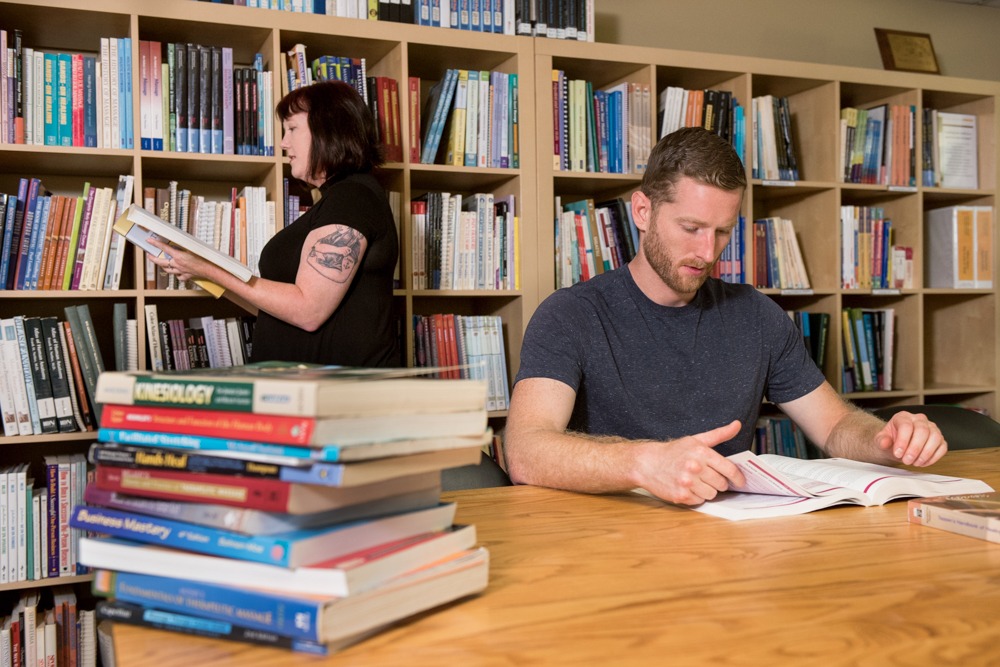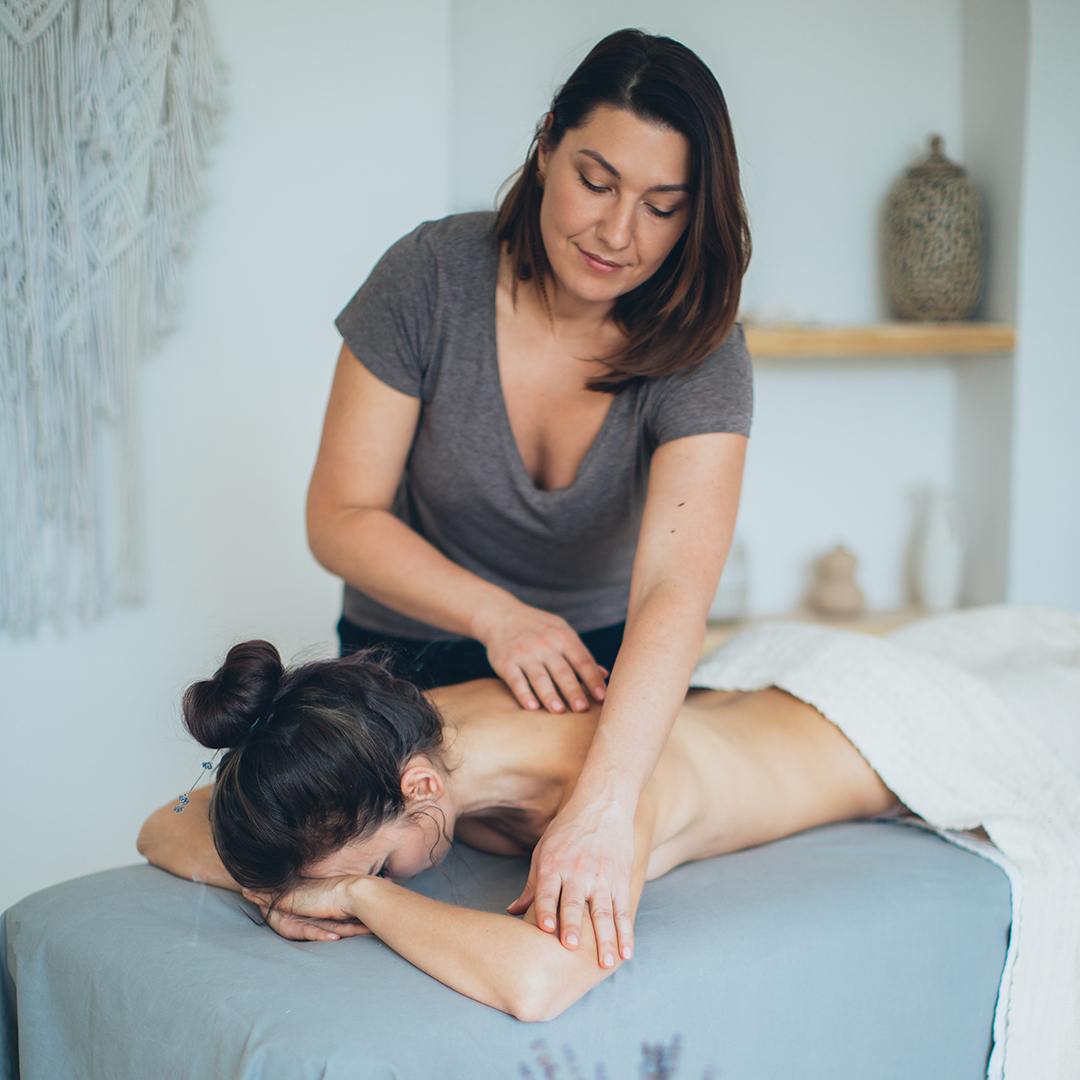“Massage Therapy Industry Fact Sheet,” a recent release from the American Massage Therapy Association (AMTA), is a treasure trove of information about the massage therapy profession. We have examined this document for information on what the modern therapist is paid, how much they work, and what common characteristics many of them share. We’ve also provided a portrait of the modern massage therapist, according to the average statistics from the AMTA. Today we’re taking a different view by reviewing what the AMTA has discovered about massage education. If you are researching how to become a massage therapist, read on for a bird’s eye view of massage certification programs (or massage licensure programs, depending on the state). We also examine state massage therapy regulation data from this revealing report by the AMTA.
A Portrait of American Massage Therapy Schools
There are almost 300 nationally accredited massage therapy schools in the United States. Some institutions have multiple campuses. To enroll in these schools, a high school diploma is generally required, and post-secondary education is also useful.
Massage therapy coursework typically includes health sciences, massage theory and application, business development, ethics, communication, sanitation, and clinical practice.
There are four main accreditation groups for massage therapy in the United States: The Commission on Massage Therapy Association (COMTA), the Accrediting Commission of Career Schools and Colleges (ACCSC), the Accrediting Bureau of Health Education Schools (ABHES) and the National Accrediting Commission of Cosmetology Arts & Sciences (NACCAS). COMTA is the only nationally recognized accrediting agency that sets to specific curriculum standards, based on a thorough and independent analysis of the professional skills necessary for effective massage therapy. When you attend a COMTA accredited program, you can rest assured that you’ll receive a well-grounded education, designed to prepare you for success.
East West College is the largest and oldest massage therapy school in Oregon. It is one only four COMTA-accredited programs on the West Coast. (Learn more about why COMTA certification matters here.) We are also certified by the Oregon Board of Massage Therapists.
American Massage Therapist Training
The average massage therapist receives 647 hours of training toward their initial licensure. Each state has its own requirements for how these hours should be distributed. For instance, the State of Oregon requires that each initial licensee complete a program with 625 total hours, broken down as such:
- 200 hours of Health Sciences, including Anatomy, Physiology, Pathology, and Kinesiology
- 300 hours of Massage Theory and Practical Application, Business Development, Sanitation, Communication, Clinical Practice, and Ethics.
- 125 additional hours in either of the above categories.
Nearly all massage therapists (95%) have taken continuing education coursework, which isn’t surprising as CE hours are required for maintaining licensure. For instance, the state of Oregon requires 25 hours of CE every two years. On average, LMTs take 21 hours of continuing education classes per year.
State Regulation of Massage Therapy Education Programs
Forty-six states and the district of Columbia regulate massage work, either with licensure requirements, or with voluntary state certification. In order to practice in states where massage therapy is regulated, therapists must meet requirements for minimum number of initial training hours.
A passing score on a national exam may also be required, depending on the state. Typically accepted exams include the Massage and Bodywork Licensing Exam (MBLEx) and National Certification Board for Therapeutic Massage and Bodywork exams.
In states that do not require licensure, local municipalities may have their own requisites.
The state of Oregon’s massage licensure process is multi-fold. First, one must complete 625 hours of initial education hours in massage therapy. (Side note: Our own Director of Education, Erika Baern, testified to the Oregon House Committee on Health Care to help pass Senate bill 298, which increased the number of required hours in Oregon from 500 to 625.) East West College’s 800-hour program easily meets this prerequisite to massage licensure. Second, an applicant must pass one of the national massage certification tests mentioned above. Finally, a passing score on the Oregon jurisprudence (law) exam for massage therapy is required. A background check and fingerprinting is also needed for first-time massage therapy aspirants.
As the AMTA data shows, massage therapy education is well established across the US, with multiple credentialing bodies and many therapists in training. If you are interested in joining this robust profession, we encourage you to get in touch with the East West College admissions team. We would be happy to introduce you to our NW massage therapy school in a low-pressure, friendly environment. Call 503-233-6500 today, or visit our admissions team online at eastwestcollege.com/admissions.




